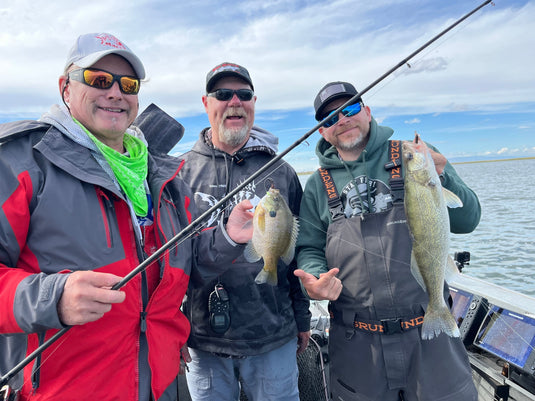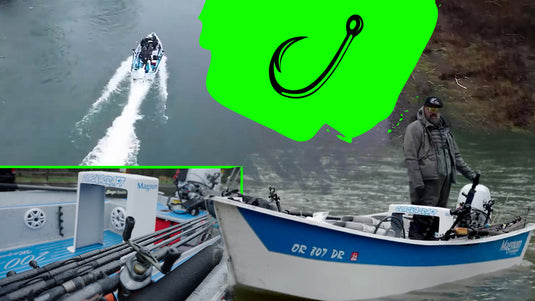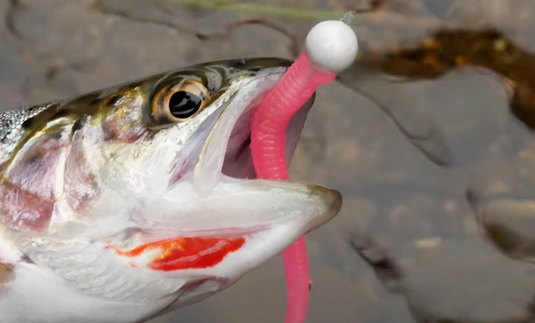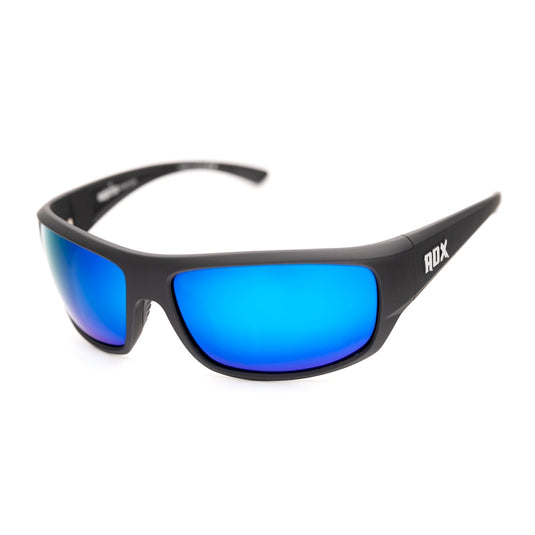Top-Producing Trout Lure - Rigging & Color Selection
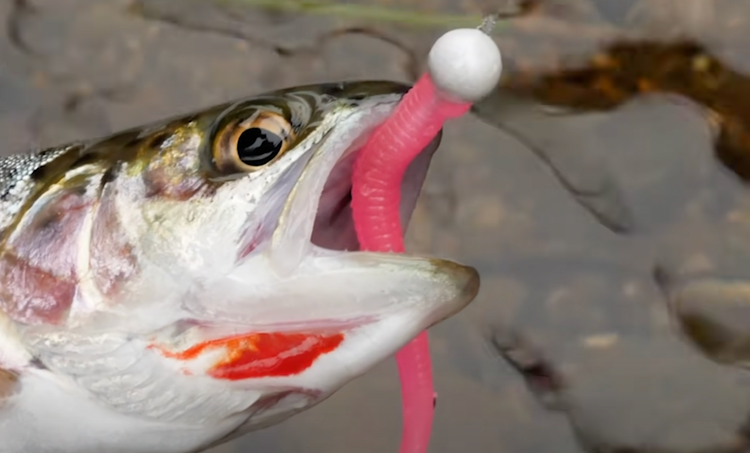
Artificial worms are a staple bait in a number of fisheries, either as an alternative to earthworms or as a selective bait that certain species hone in on...and others avoid.
Anglers fishing live earthworms know that nearly every species will take a bite at it at some stage in their life cycle, but artificial plastics or “rubber worms” have been known to outfish the real thing in a number of fisheries.

Imitation Bait
A soft-plastic worm sometimes may not even be imitating natural crawlers at all. In the case of Ocean-run Steelhead where the “pink worm” (which doesn't have to be pink) is a proven artificial, it's been surmised that they're imitating a lamprey. With lamprey known to consume eggs from Salmon and Steelhead, perhaps that's why they elicit such a vicious bite from Steelhead that would otherwise not move for another bait or lure.
The category of soft artificial worms has so many sizes, profiles and colors that there is no one standard. 6-inch Senko’s may be a deadly choice for Largemouth bass, but are a bit much for most Panfish (Although I've caught large Crappie on them.) The classic 6 inch Steelhead worms are always with me on Winter Steelhead trips, but less likely to convert on Trout or Panfish. Yes there's always exceptions, but more often than not a lot of these larger worm options are meant to catch a specific species and deter others.
When you enter micro-worm territory though, there's no telling what could happen. You could drop shot a micro-worm you could hook a little Perch and a Trophy Smallmouth back-to-back. While float-fishing a Red Pearl Addicted micro-worm on a 1/16 oz. Jig Head you could hook a Sea-Run Cutthroat Trout on one cast, and a Trophy Winter Steelhead the next.
Worm Color Selection
Micro worms are an artificial bait capable of a massive range of fish species. Yet, color selection is still an integral part of the equation. “Matching the Hatch” doesn't always seem to make sense when a bite takes off.
Generally, there are some proven favorites, but switching colors can make all the difference some days.

Also of interest, and some days a major factor is the jighead size and color. Commonly under a float a 1/16th or 1/32 oz jig head is ideal for Trout fishing.
Resident Rainbows and Cutthroat alike have fallen for a white jig head and pink micro worm. Sea-Run Cutts can ravenously crush these little plastics, and in low-water situations red and black micro worms is often my ultimate Cutthroat catcher. Using a float with enough buoyancy but that submerges quickly when bit is key to successfully hooking a fish.
Water Conditions and Worm Selection
High-Clarity Water: Red Pearl, Red Haze, Ghost Pink, Black Flash, Peachy Pearl
When water visibility is over 5 feet (you can see the bottom in 5 foot of water or more) it's often best to go with colors that are easily visible but not overly bright. This is where red worms shine, and yet the ghost pink color has a subdued but serious presence that trout seem to hone in on. Black flash has the advantage of being a worm that can be deadly in high or low vis conditions. There are exceptions based on area and fish behaviour, but these colors would be go-to choices to try. Pairing these worms with a jig-head in subtle colors like black, white and red is a good bet to get contrast without spooking fish.
Medium-Clarity Water: Nail-Polish Pink, Pink Haze, Pearl Pink, Ghost Pink, Red Haze, Red Pearl, Peachy Pearl, Ghost Pink
In water that has moderate visibility and a bit of color to it, pink is a proven winner. With multiple options available it's worth switching between a muted pink (Ghost Pink) to something with a bit of translucency (Nail Polish Pink) - as they can be a major difference visually to a fish. Don't forget about Red Pearl or Peachy Pearl in these conditions though - often this is when fish are the most willing to bite multiple color options. Medium visibility water is a good time to try jig-head colors like black, white, pink and purple.
Low-Clarity Water: Black Flash, Pink Haze, Nail-Polish Pink, Red Pearl, Ghost Pink
When water conditions are low-visibility, micro-worms can absolutely still catch fish. This is when you'll want to use lures that will get noticed - Black Flash has a full-profile and large shadow. Pinks and Reds can be enticing...many colors can work. Low-clarity is an excellent time to try contrasting jig-head colors such as chartreuse jig-head with black flash, or a black head with Nail-Polish Pink worm.
Where scent is legal, low-vis conditions are best approached with adding scent such as garlic or anise to the worm. Helping the fish find your offering in low-vis water can force them to make a quick decision when they do see it - and many worm colors may do the trick...but this is when you can go with the more "clowny" colors.

A Cutthroat Trout that sunk a float in a small creek
Micro-Worm Applications
Trout Fishing: A favorite application for micro-worm trout fishing would have to be similar to Steelhead float fishing, but sized down. Fixed floats like the Addicted Trout float, on light leader with a 1/16 or 1/32oz jig head. You could fish this setup through a 2 foot riffle or a 7 foot slow-moving hole. It's a prime method for covering lots of water on rivers and creeks, and the bites are unmistakable if you use a float that submerges easily.
Beyond float fishing though, micro-worms can be added to trolling setups like a wedding-ring and flasher combo, directly on the hook. They can be trolled by themselves on a hook behind a flasher. You can even drift fish the micro worms with a 3-4 foot leader and a couple splitshot above your swivel in certain holes.

Steelhead Fishing: When larger, traditional Steelhead worms are not producing, sizing down to a micro-worm can get a hesitant Steelhead to open wide. Certainly float-fishing Steelhead is a great place to utilize micro-worms but don't overlook this one special tactic - when bead fishing typically you'll leave a gap between bead and hook. Adding a micro worm directly to the hook gives the look of a small lamprey right behind an egg (or something like that) and I've personally caught Steelhead doing this technique. I've noticed that the bead was not pulled down when landing a Steelhead, indicating that the fish may have gone directly for the worm. With or without a bead is worth trying, and in the same manner, you could drift fish a micro worm threading it directly onto the hook and leaving the tail to trail and move.
Bass Fishing: While you could use a micro-worm on a jig-head for finesse jigging, my favorite way to fish them is definitely drop-shotting. A red micro-worm can be deadly when drop-shotting for Smallmouth, and other panfish like Perch and Bluegill are known to bite them as well. Another option is to add a micro-worm as a jig or spinnerbait trailer to add a bit of contrast and movement.
How to Fish Micro Worms for Trout
Do you want to learn how to catch Trout on micro-worms and how to rig them? This video breaks down the techniques and rigging for fishing these deadly lures.
Micro-Worm Revolution
The multi-species usage of micro-worms is growing every year. While anglers commonly use them for Trout, Steelhead and Bass, Addicted Fishing is interested in seeing how you use Micro-Worms and for what species. If you have photos of fish you've caught on Addicted worms - let us know and we'd love to share them!




